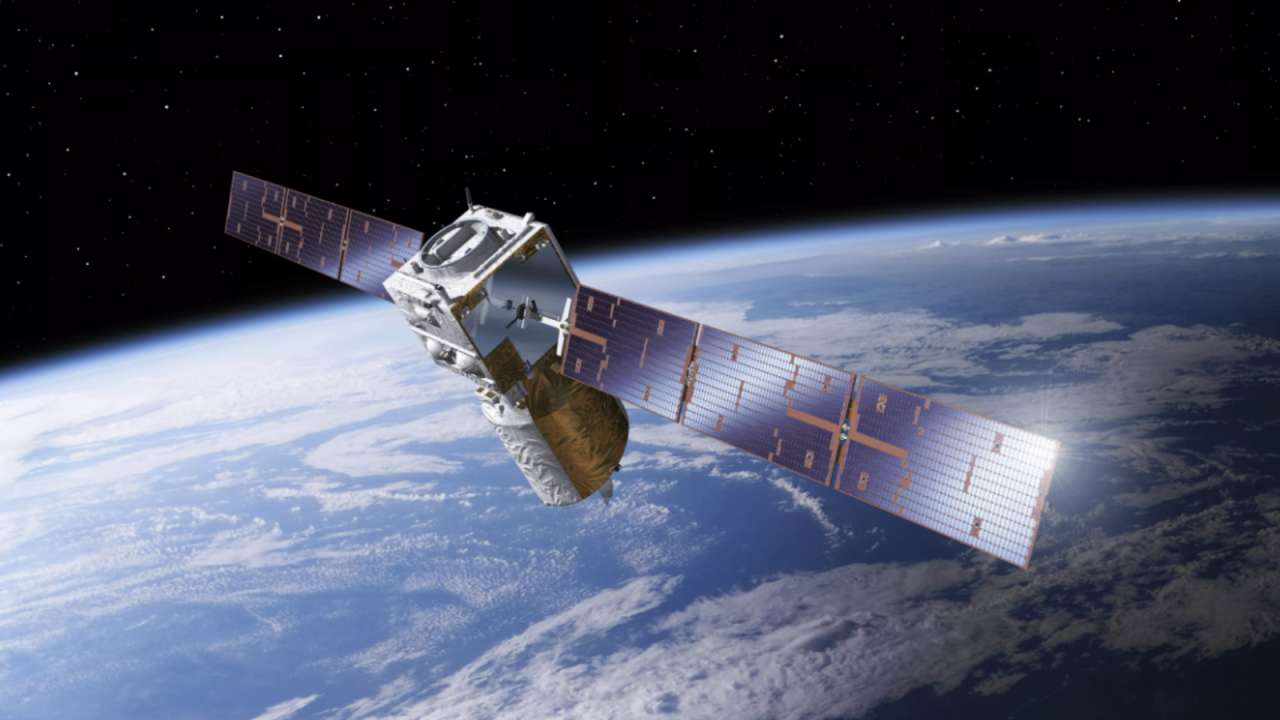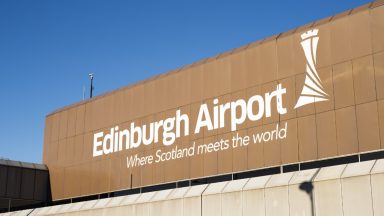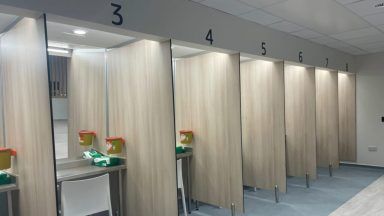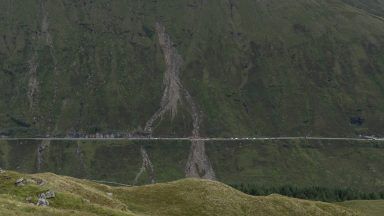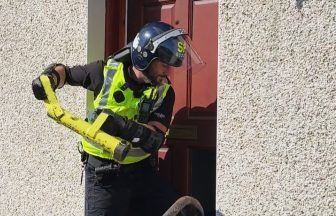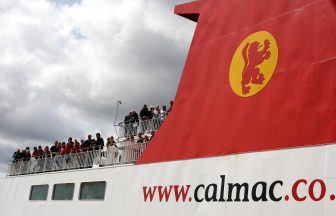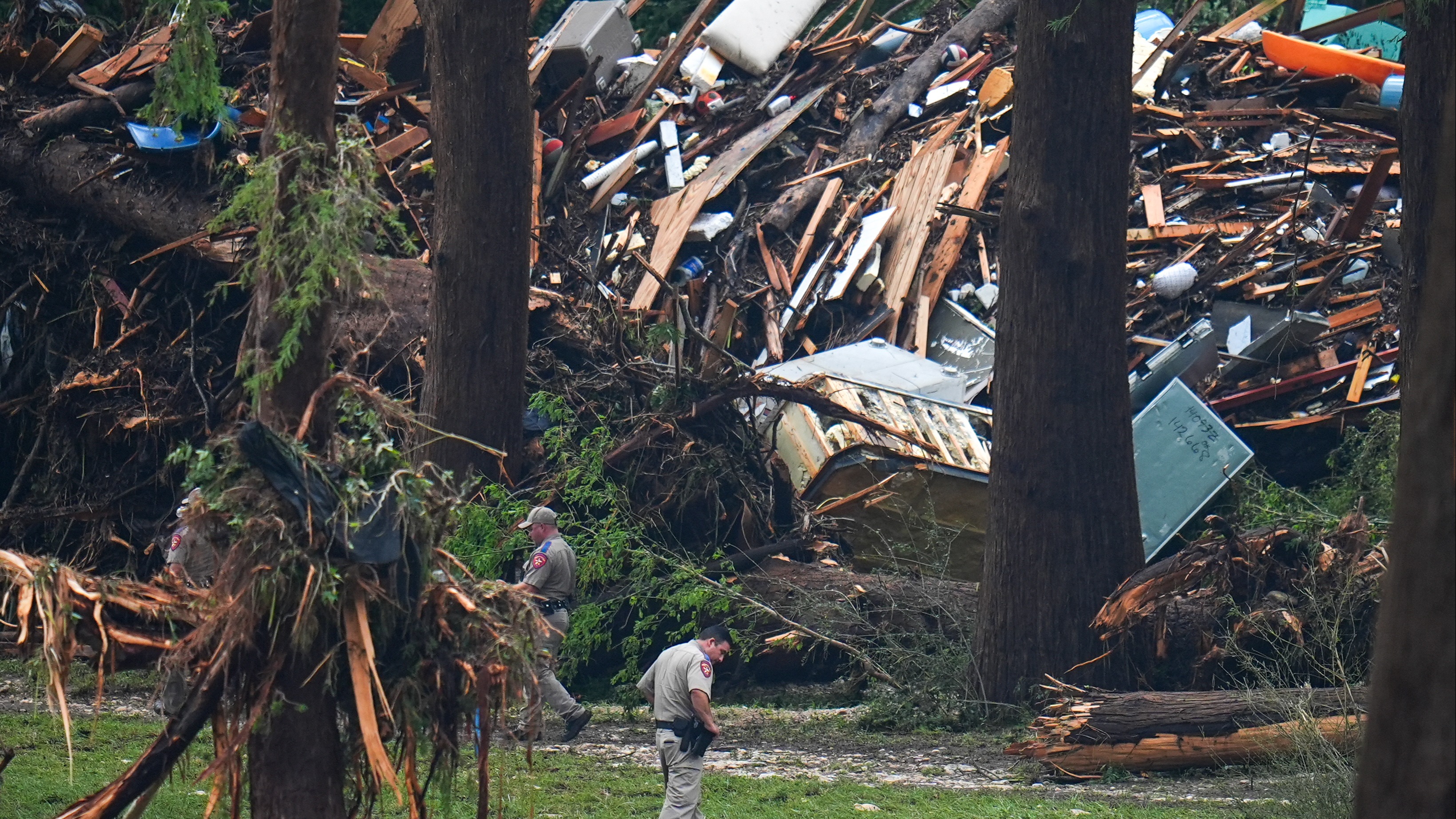A British-built satellite is due to deliberately crash into the Atlantic Ocean on Friday in a first-of-its-kind mission.
Aeolus, which has provided valuable data to weather centres across Europe since 2018, is being manoeuvred by mission controllers at the European Space Agency (ESA) towards its final resting place.
It is the first time a defunct satellite is being guided to perform an assisted crash on Earth – manoeuvres such as this are usually done for parts of rockets.
Under normal circumstances, Aeolus would naturally fall back to Earth, burning up in the planet’s atmosphere after reaching an altitude of around 50 miles.
But simulations by the ESA suggest some debris might survive the burn, although the risk of causing any damage is small.
So the space agency decided to use what little fuel remains onboard to steer Aeolus back to Earth.

“At ESA, we’re convinced that this is the responsible way to act,” Isabel Rojo, Aeolus operations director said.
“We want to demonstrate if it works, or at least that something can attempt to be done to reduce an already very small risk of it harming anybody or anything.
“But we would like to try to make it as safe as possible for everyone.”
‘We are pushing the boundaries of what the spacecraft was designed to endure,’ said Isabel Rojo
The ESA also intends to gather data for future satellite re-entries while setting a precedent for nations and organisations to follow suit.
Angus Stewart, head of space surveillance and tracking at the UK Space Agency (UKSA), said: “Aeolus is a great example of the power of space to benefit us on Earth, with the UK-built spacecraft providing valuable data to leading weather centres across Europe since 2018, significantly improving global forecasts.
“But with more than 8,000 operational satellites and more than 30,000 pieces of trackable debris, the ability to operate safely in space is growing increasingly challenging.
“We must protect the environment in which satellites operate and keep space open for future generations, and it’s great to see ESA carrying out this assisted re-entry – the first of its kind.”
Aeolus, named after the keeper of the winds in Greek mythology, was originally due to launch in 2007 but the project was beset by delays. It finally launched in 2018.
The 1,360kg Aeolus spacecraft – equipped with a powerful laser – was built by Airbus Defence and Space in Stevenage and is the first satellite mission to acquire profiles of Earth’s wind on a global scale.
Aeolus was slated to last three years, but it outlasted its mission by nearly two years.
The spacecraft has been falling from its operational altitude since June 19 and performed its first major re-entry manoeuvre on July 24.
It is currently orbiting around 75 miles above the Earth.
Chilbolton Observatory, which is part of the Science and Technology Facilities Council and provides data to the UKSA’s Space Surveillance and Tracking team, has been tasked with tracking the mission and providing the observations to the ESA.
Mr Stewart said: “The UK Space Agency operates the UK’s re-entry warning service and has tasked our UK sensors to observe the re-entry.
“If observations are obtained, these will be provided to ESA and the Inter-Agency Space Debris Co-ordination Committee to support the re-entry analysis.”
Follow STV News on WhatsApp
Scan the QR code on your mobile device for all the latest news from around the country


